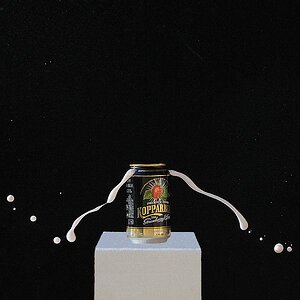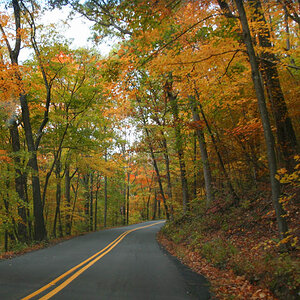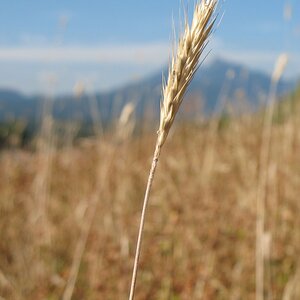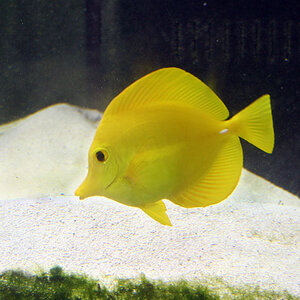bs0604
TPF Noob!
- Joined
- Nov 28, 2011
- Messages
- 335
- Reaction score
- 27
- Location
- Virginia
- Can others edit my Photos
- Photos OK to edit
In reading HDR sites I seen some controversy regarding whether to use 1 or 2 EV increments with Photomatix. My Nikon D90, I believe, will only let me set 3 bracketed frames, ie -1 0 +1 OR -2 0 +2. In such a case it would seem we would get the most information to take in -1 increments and then change the camera to -2 increments. Then upload to the -2, -1 0 +1 and +2 to photomatix. Rather than uploading only 3 bracket frames in either 1 or 2 EV increments. Thoughts?


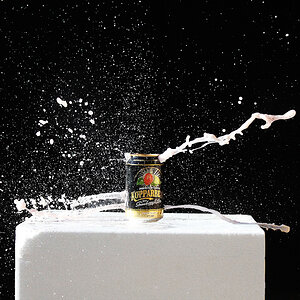
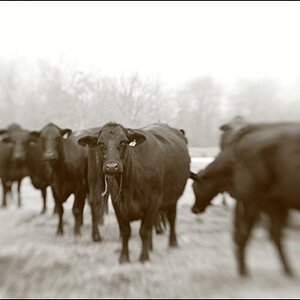
![[No title]](/data/xfmg/thumbnail/30/30995-7e48e5498fe9a56ea3d405cf87f3a1ec.jpg?1619734558)
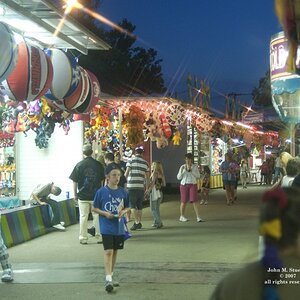
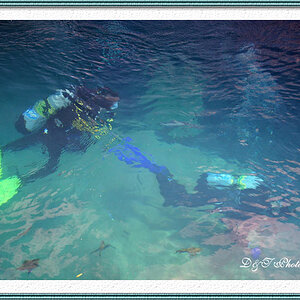
![[No title]](/data/xfmg/thumbnail/30/30993-7c6dca4375064e92f2ea6cbfabf9b59e.jpg?1619734556)
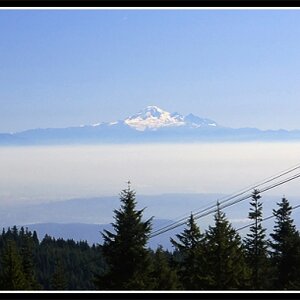
![[No title]](/data/xfmg/thumbnail/35/35965-cac1057a7f2dd8e8aeeefed50ae8c080.jpg?1619737282)
